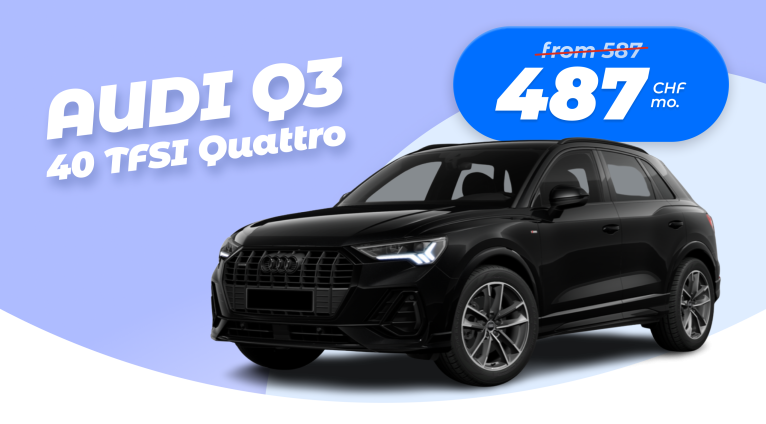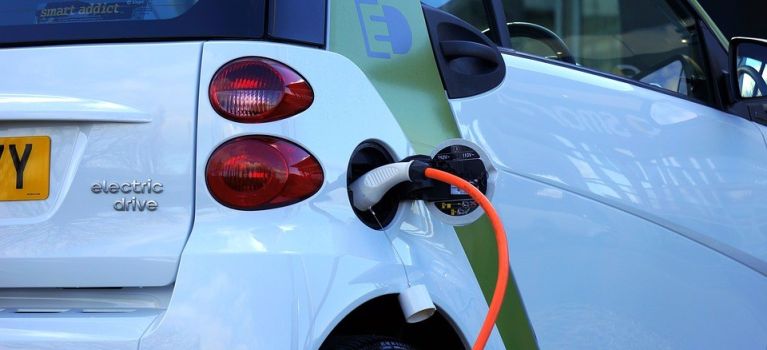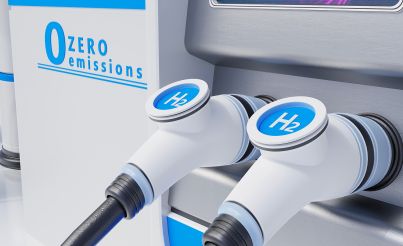In order to be able to cover long distances with an e-car, a large battery and a long range are sufficient. That’s what many people think that way, but it is not that simple! In order to travel long distances during your vacation, you need to fully charge the electric car before leaving and then recharge it again on the way. If it were always that simple ...
Higher consumption requires additional stops to recharge the battery
There are many reasons why the consumption can increase, resulting in reduced range: In winter with the heating system, for example, or in summer with the air conditioning system, the rooftop box or the bike rack, or simple high speed. All these factors increase consumption and additional stops to recharge the battery are quicky necessary. Such forced breaks should then be as short as possible.
The charging capacity is decisive
For short charging breaks, the charging power is decisive! The higher the charging capacity, the faster the battery reaches its maximum. This charging capacity depends mainly on the vehicle and the charging station. Other factors also influence the charging capacity. For example, the charging capacity decreases considerably when the battery is almost full. Therefore, a battery is usually only fully charged when you have enough time. When choosing an electric vehicle, a high charging capacity is therefore just as important as a sufficiently large battery in combination with good efficiency (low consumption). Please note: In some cases, a high-capacity battery is only available as an option. It is therefore always worthwhile to find out more details. Since the size of the battery is a major cost factor and also consumes a lot of energy during production, it is advisable to consider the smallest battery in all cases.
Rapidgate
E-cars without efficient battery cooling can cause another problem in summer, the so-called "rapidgate". In order to prevent the already warm battery from overheating, the charging power is reduced during charging, thus increasing the time it takes for the battery to be full. This is rather burdensome and a large battery is no more useful, even in this case.
Charging performance for Carvolution electric cars
Let's take a look at the electric cars proposed by Carvolution in terms of capacity and charging time.
How long does it take to charge the energy needed to travel another 100 km?
- Range: 395 km
- Maximum charging power: 22kW
- Battery size: 52 kWh
- Charging time for a range of 100 km range: approx. 36 minutes
Tesla Model 3 RWD standard range +
- Range: 402 km
- Maximum charging power: 120kW
- Battery size: 53 kWh
- Charging time for a range of 100 km range: approx. 6.5 minutes
- Range: 560 km
- Maximum charging power: 250kW (not yet possible with all Tesla Superchargers)
- Battery size: 75 kWh
- Charging time for a range of 100 km range: approx. 3.2 minutes
Major differences between the vehicles are already clearly visible for all these 3 car models. Whereas with the Tesla Model 3 AWD long range, the "charge per 100 km" takes just over 3 minutes, it takes 36 minutes for the Renault New ZOE R110.
For a distance of 850 km (e.g. from Zurich to Berlin or to Rome) and with a fully charged battery from the start, the Renault will need to stop several times at different charging stations for a total of 2.5 hours, whereas the Tesla will only need 10 minutes. But be careful, these are only theoretical and ideal values. Higher consumption and the fact that it is better not to go all the way to the end of the battery before charging it actually leads to much longer stops at the charging stations.
Conclusion
When choosing the right electric car, it is worth paying a lot of attention to the question of charging performance.
To find out more, here is an article by Walter Oberli, founder and operator of CARimba.info, a search and comparison platform for all electric car models.
Audi Q3 Super Deal
Benefit from premium driving pleasure with the Audi Q3 40 TFSI Quattro with the all-inclusive subscription from just CHF 487 / month.










